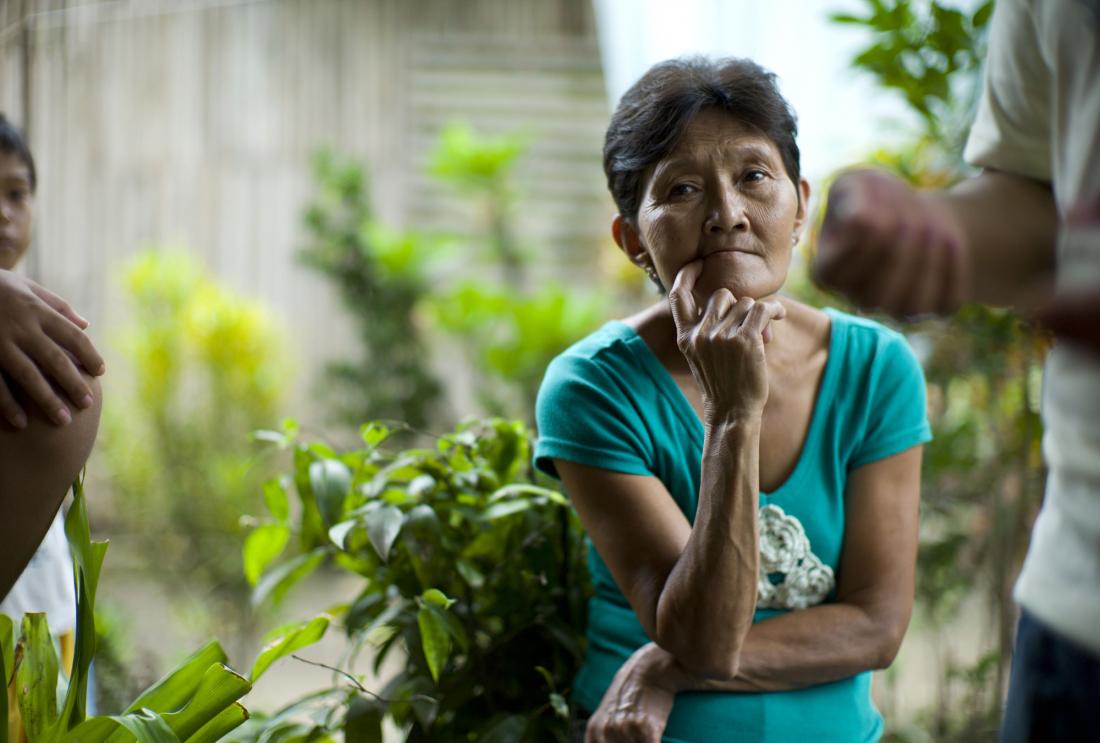Deposit Collectors in the Philippines
- Urban population
- Savings/deposits
- Take-up of program/social service/healthy behavior
- Credit
- Savings
In the last three decades, microfinance has generated worldwide enthusiasm as an innovation in anti-poverty policy by bringing formal financial services to the poor. But relatively little is known about the asset side of microfinance services—microsavings. Researchers evaluated the impact of a door-to-door deposit-collecting service, which regularly collected funds from clients’ homes to be deposited at a local bank, on clients’ savings. Results demonstrated that clients who lived farther from a bank were more likely to take up the service, and clients who took up the service significantly increased their savings.
الموضوع الأساسي
In the last three decades, microfinance has generated worldwide enthusiasm as an innovation in anti-poverty policy by bringing formal financial services to the poor. But relatively little is known about the asset side of microfinance services—microsavings. Deposit-collection services, regular pickup of cash with unrestricted rights to withdraw it later, are a popular tool among both microfinance lenders and clients across the globe. Savings programs provide banks with a mechanism to learn more about potential lending clients, and for clients, the reward of a future loan may be incentive enough to encourage them to save regularly via the service. A high demand for formal savings mechanisms also implies that in-home solutions, such as hiding money in a mattress, are not satisfactory to people. But, it is yet unclear whether deposit-collection services will actually be utilized to generate higher savings rates than the status quo.
سياق التقييم
Over the past several decades, savings in the Philippines has largely stagnated. In the 1960s, domestic savings rate was over 20 percent of GDP, making it one of the highest in Asia. At present, the country's savings rate hovers between 12 and 15 percent—far below the level of savings for most East Asian countries, which ranges from 25 to 30 percent.1 However, there is evidence that poor and low-income Filipinos do save, or at least have the capacity to do so, and informal savings mechanisms appear to be widespread throughout the country. In an effort to provide formal savings options to their microfinance clients, the well-established Green Bank of Caraga developed a deposit collection service. Sampled bank clients represent a wide cross-section of the Philippines, including individuals from broad economic and educational backgrounds.

معلومات تفصيلية عن التدخل
Researchers evaluated the impact on savings balances and borrowing behavior from a deposit-collecting program offered by the Green Bank of Caraga. To gain insight into the mechanisms that might cause increases in savings rates, and the type of individuals who demand this specialized savings service, researchers investigated the determinants of take-up.
Green Bank first identified ten barangays (small political and community units) that were reasonably accessible and had a significant enough number of existing clients to warrant sending an employee into the area. These barangays were located around Butuan City in northern Mindanao, where the head office of the Green Bank is located. Green Bank marketing representatives were able to reach 137 existing clients' homes in five randomly selected treatment barangays. A door-to-door deposit-collector service was offered, which would collect funds to be deposited at the local bank. The cost of the service was PHP 4 per pickup, and clients could choose either a monthly or bi-weekly pickup schedule. If clients chose to participate, they committed to pay for the pick-up service regardless of whether they submitted a deposit, although this was not always enforced. The remaining five barangays were offered no collection services, serving as the comparison. In both treatment and control barangays, clients could withdraw their funds at any time.
النتائج والدروس المستفادة بشأن السياسات
Take-Up Determinants: Distance to the bank branch, a measure of the transaction cost that a client incurs by depositing money normally, was a strong determinant of take-up. Each additional ten kilometers a client had to travel to make a deposit increased the probability that they would enroll in the deposit collection service by 6 percentage points. Additionally, married women were more likely to take up the service relative to single women being married increased the probability that a woman would take up the service by about 13 percent. However, married men were no more likely than single men to take up the service. The gender difference suggests that intra-household decision-making factors play a strong role in the take-up of deposit-collection services.
Impact on Take-Up: The deposit-collection service resulted in a substantial increase in savings for those offered the service. Of the 137 clients offered the service, 28 percent took up the deposit collection. Of those 38 individuals, 35 chose monthly service, though 18 never deposited money through the collectors during the 10-month study period. Despite the wide variance in the impact on savings of the deposit-collection, on average, the impact was positive relative to savings changes of clients in the comparison barangays. The deposit-collection service increased savings by about 25 percent after 10 months. The average person made 3.85 deposits over the 10 month period, and the average deposit amounted to PHP 497. Overall, after 10 months, treatment clients saved PHP 228 more than the comparison. These results could be attributed to decreased transaction costs, facilitating follow through on financial planning, and providing a public commitment device for limiting spending, among other explanations. Further, there was a slight decrease in borrowing for those clients offered the deposit-collection service, possibly due to the increase in assets.



